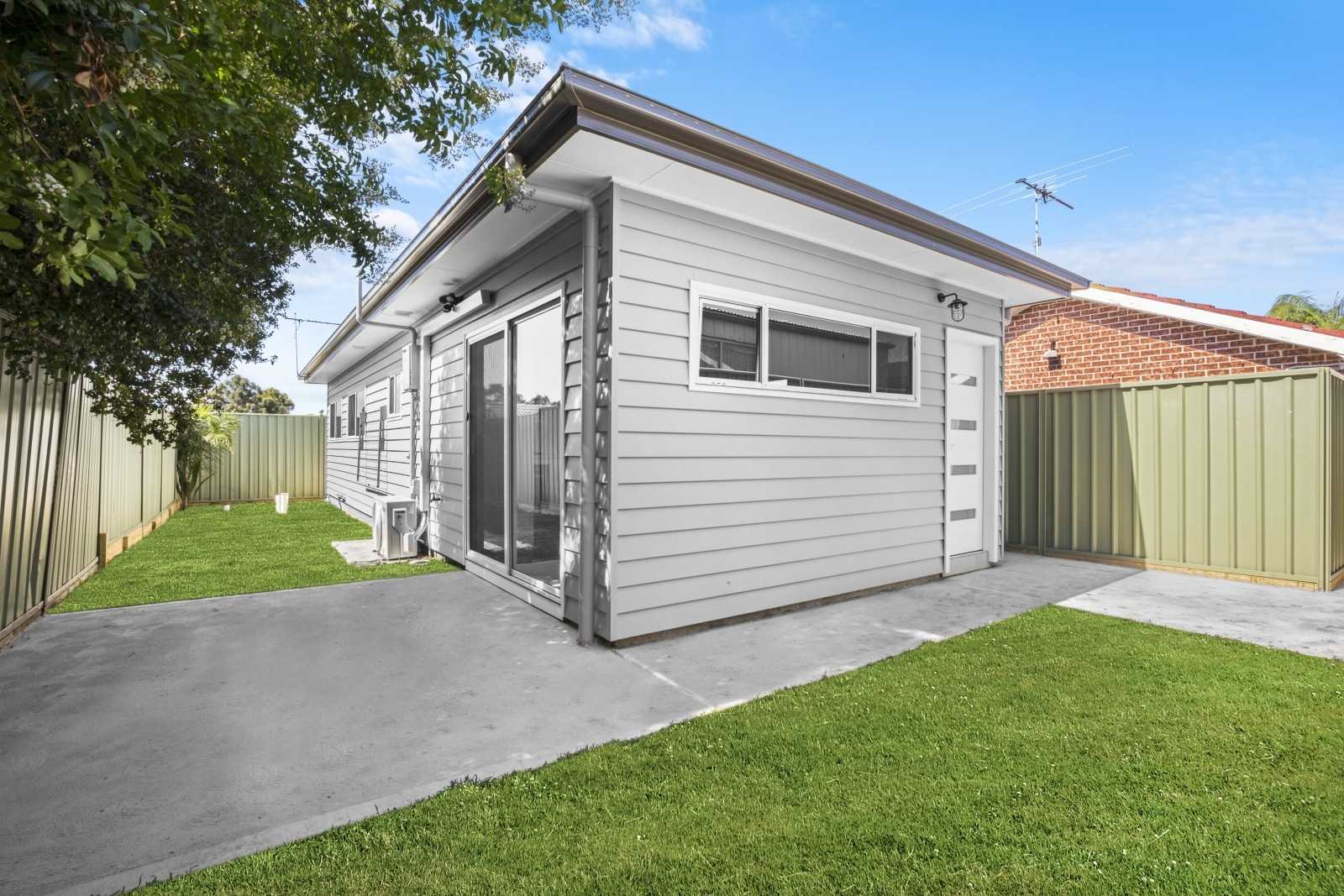What you need to know about the Granny Flat approval process
Since 2009, all NSW residential home-owners with a property larger than 450m2 and 12m minimum frontage can build a complying Granny Flat on their property under the Affordable Housing State Environment Planning Policy (SEPP).
The Granny Flat approval process can be summarised in 4 key steps. Followed correctly, this can save you a lot of hassle for your Granny Flat project.
1. Know whether you can build a Granny Flat
Before you even consider going through a Granny Flat approval process, it is crucial that you check whether or not you can legally build a Granny Flat on your land.
This requires the following:
- A Section 10.7 certificate from your local Council (formerly known as the Section 149 certificate). This will give you information on how your property may be used based on the zone that you are in, along with any development restrictions that apply. Note that if you are in a flood-prone area, you should request a Section 10.7 parts 2 & 5 certificate, not just a Section 10.7 (part 2) certificate.
- A Sewer Diagram, obtained from the Sydney Water Tap In website.
- A Title Search, obtained from online legal firms such as Infotrack.
Your architect or builder will be able to source review these documents to determine your site’s suitability for a granny flat. They can often obtain these documents on your behalf for a small fee.
2. Decide on the approval process
Provided that you are able to build a Granny Flat on your land, you have two options for your Granny Flat approval, in order of preference:
- Apply for a Complying Development Certificate (CDC)
- Apply for a Development Approval (DA) from your local council
A CDC is the easier of the two application processes, but it can only be used if your property meets the SEPP guidelines.
Can my Granny Flat be approved from a private certifier or council?
Either a private certifier or a council can provide the CDC. Generally speaking, engaging a private certifier for your Granny Flat approval will cost you more but they tend to provide a quicker turnaround for applications, depending on their complexity.
What is required for a CDC?
The following documents and payments are typically required for a CDC. Note that more documents may be required, depending on the complexity of the project:
- Home Owners/Builders Warranty Insurance
- Payment of Long Service Levy
- Payment of Section 94 Contributions
- Certificate of Title and Details of any Easements
- BASIX Certificate
- Building Specifications, including Architectural Plans
- Waste Management Plan
- Survey Plan
- Sydney Water Approval
- Structural Engineer’s Plans + Design Compliance Certificate
- Hydraulic Engineer’s Plans + Design Compliance Certificate
- Payment of invoice to Private Certifier for their services (or admin fees to the council if they are the approving party)
What is required for a DA?
The council requirements for granny flats through a DA vary by council, so it is recommended to meet with them to discuss your project. You can also find out more information on the DA process through the Planning NSW website.
3. Engage your builder
If you are looking at this as a linear process, engaging the builder will occur once you know the approval process you will be following. However, a good builder will provide you with advice and support to guide you through the entire process, so don’t hesitate to contact them before you start your approval process.
4. Get the ‘Sign-off’ to begin construction
Your certifier will need to give your builder a Construction Certificate (CC) based on their approval of the submitted plans. This essentially gives the builder the ‘OK’ to start building.
Note that the certifier will be in contact with your builder at certain points of the project to ensure they are compliant with the CDC/DA.
Contact Us
Ready to engage a Granny Flat builder to help you with your Granny Flat approval and build?
Contact us below and we’ll arrange a free expert consultation.

